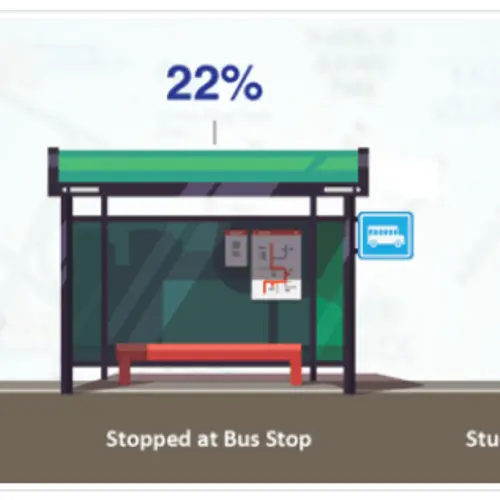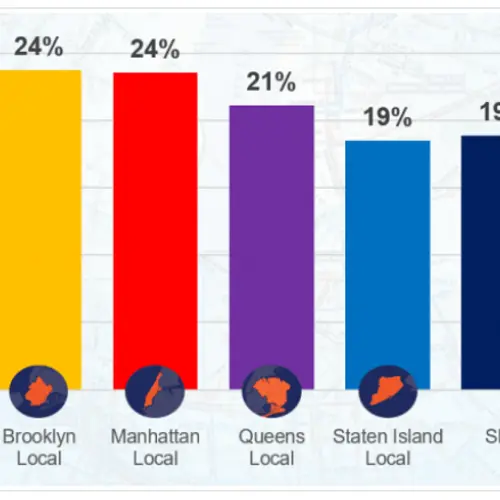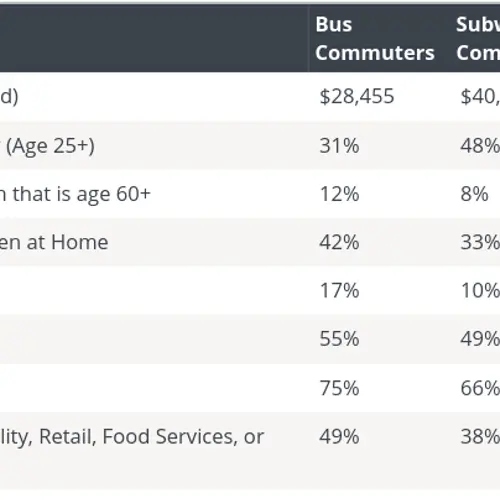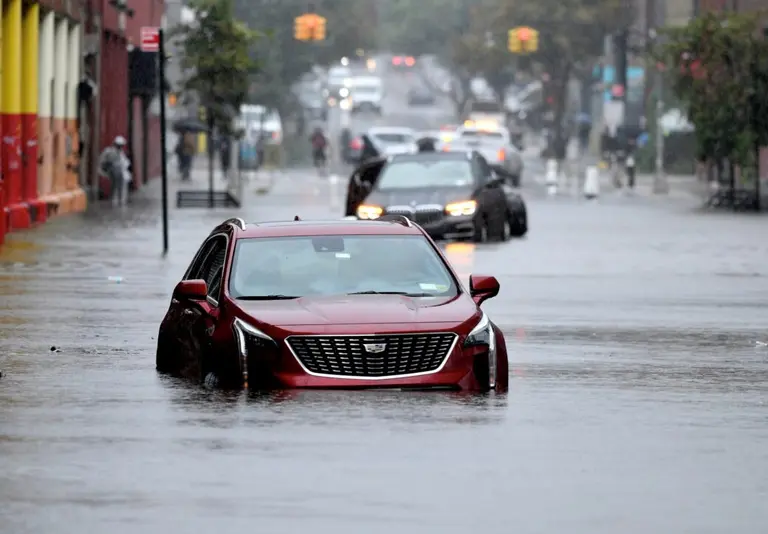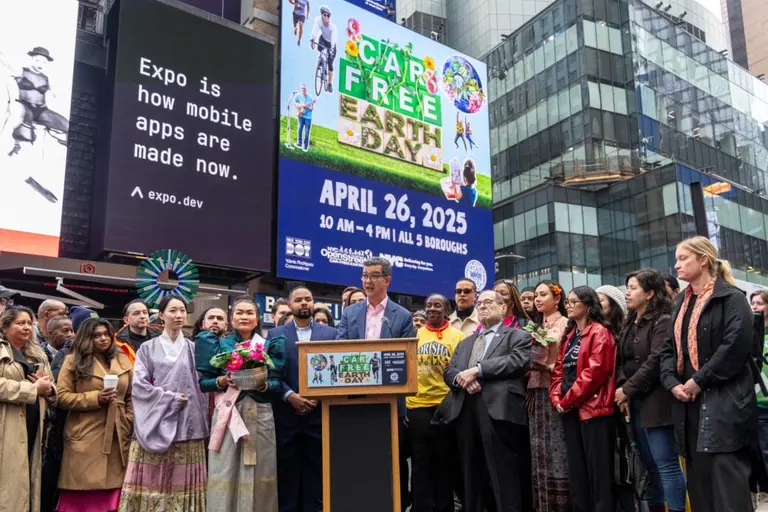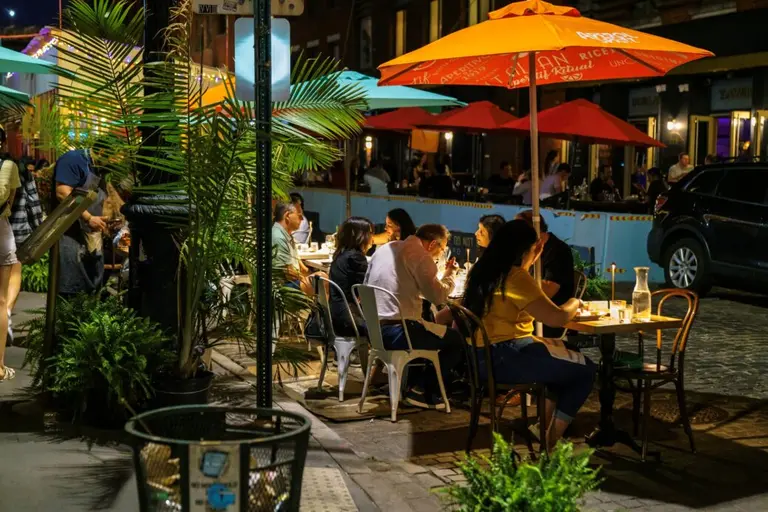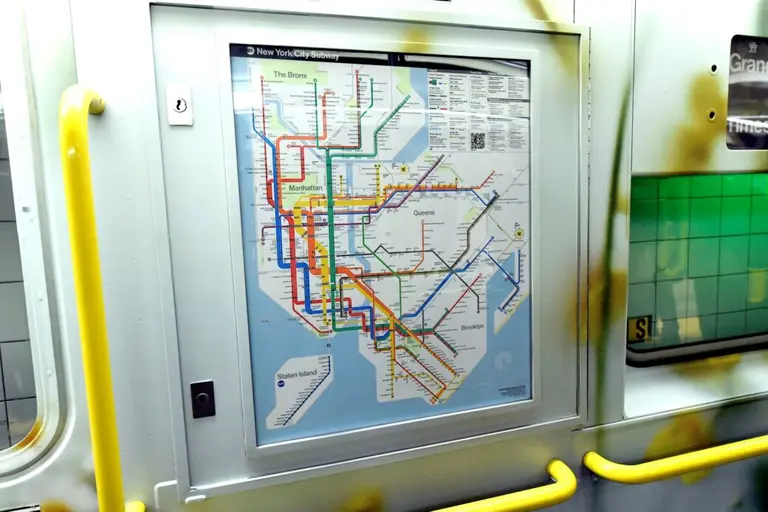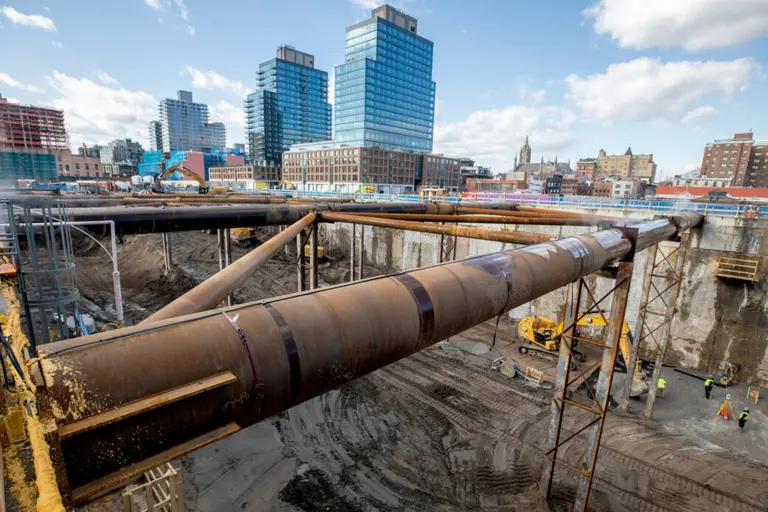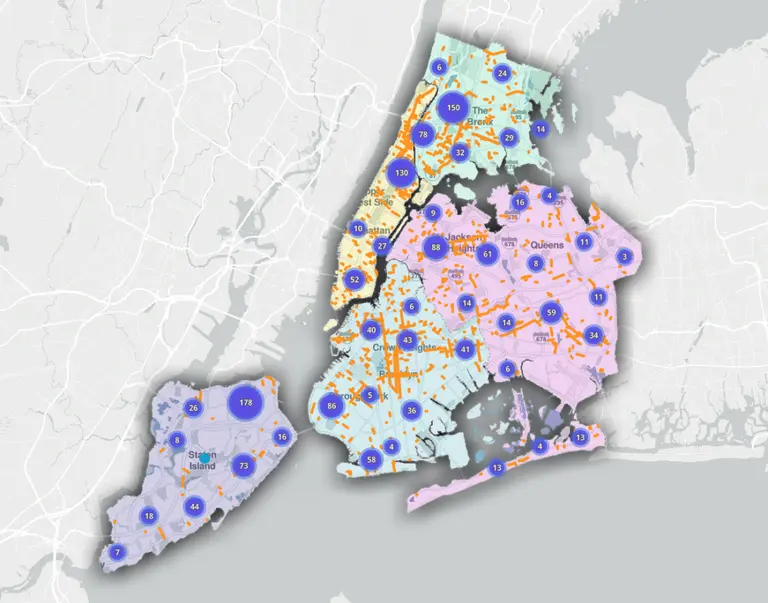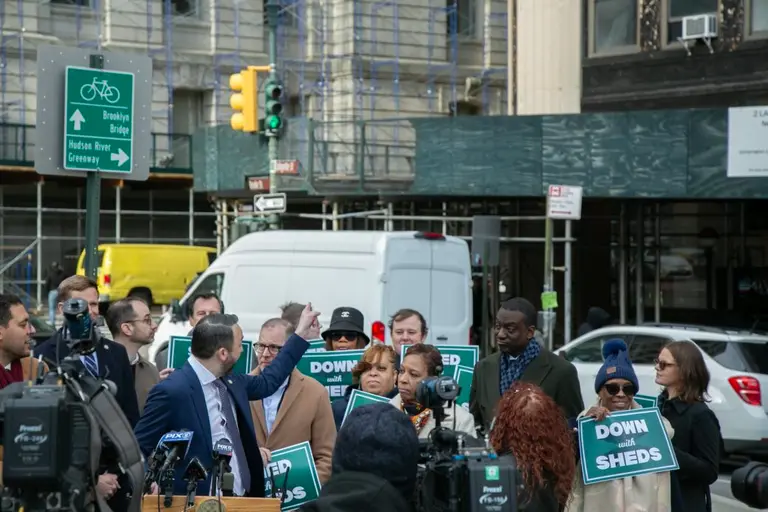Running at the slowest pace in the country, NYC buses lost 100 million passengers since 2008
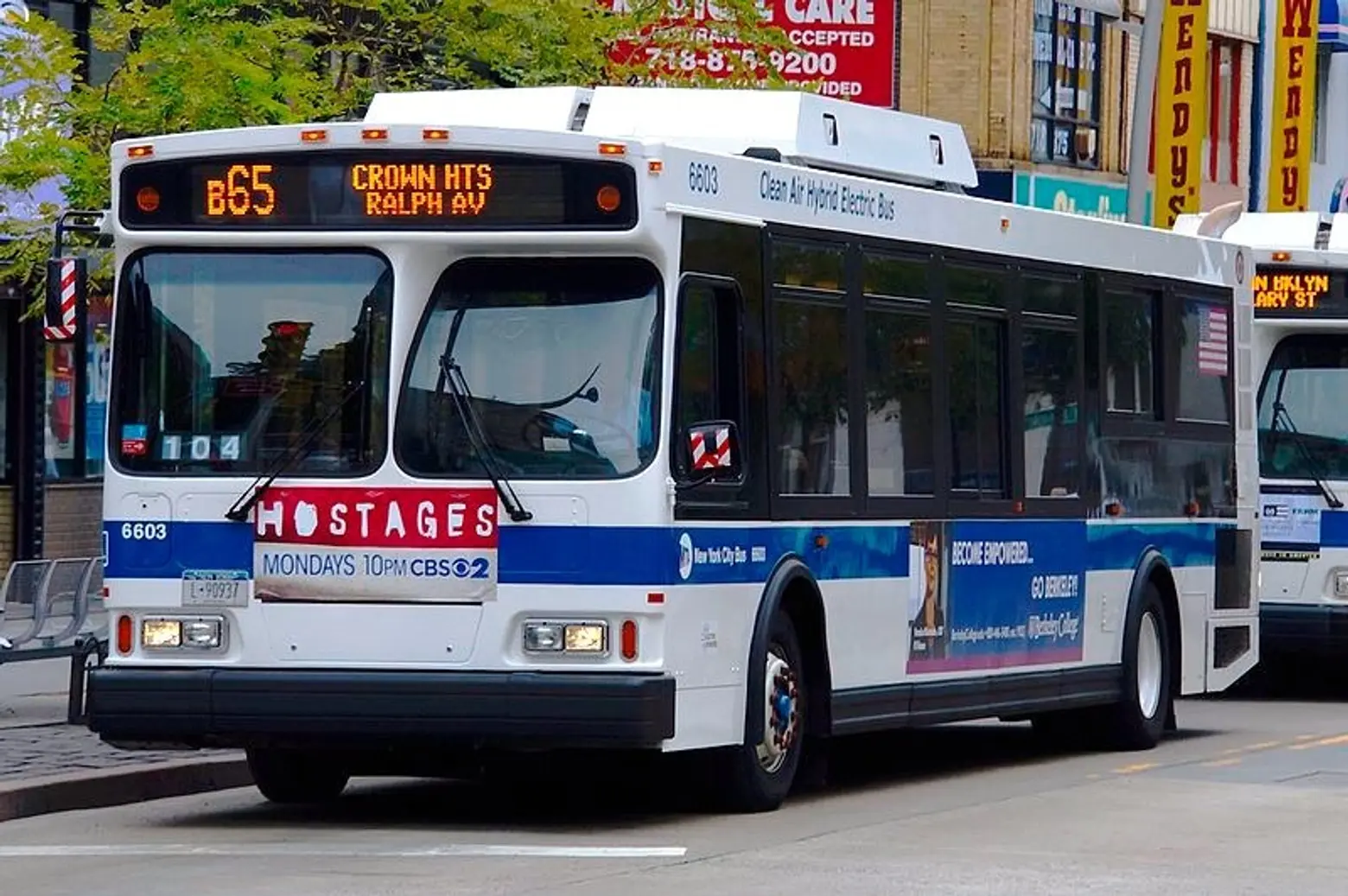
A Brooklyn-bound bus, photo via Wikimedia
Among large cities, New York City’s bus system runs at the slowest pace in the nation, traveling at just 7.4 miles per hour, according to a report released by City Comptroller Scott Stringer on Monday. Due to an outdated fleet, inefficient routes and buses running at near-crawling speeds, the system lost 100 million passengers over the last eight years. And while it serves more than two million passengers each day, more than the daily ridership of LIRR, MetroNorth, PATH and NJ Transit combined, the Metropolitan Transportation Authority has largely ignored the system’s failures. In his report, Stringer urges the MTA and city to better coordinate to address the bus system’s crisis and lists 19 recommendations, which includes updating routes, replacing old buses and introducing all-door boarding and tap-and-go fare payment options.
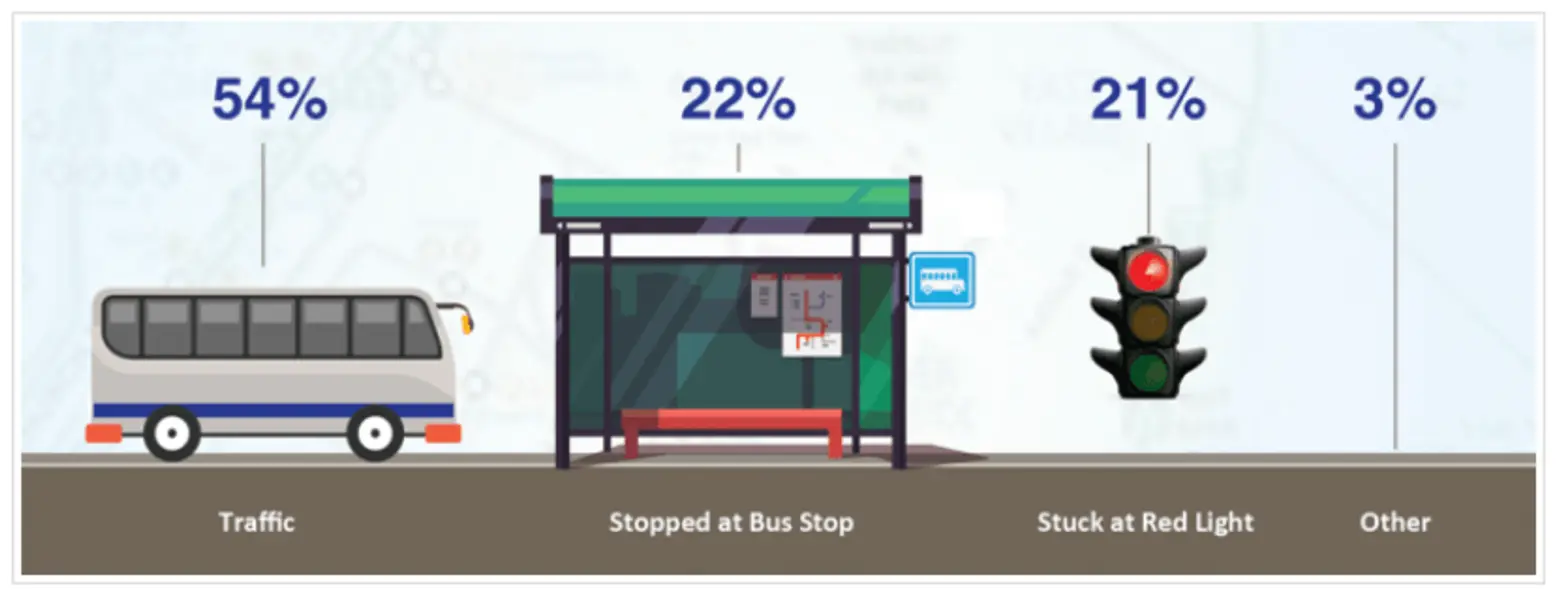
How an operating NYC bus spends its time, image via the comptroller’s office
The report, “The Other Transit Crisis: How to Improve the NYC Bus System,” highlights the changing commuting patterns of New Yorkers as a result of job growth outside of Manhattan. Between 2006 and 2016, the number of jobs located in Brooklyn rose by 49 percent, in the Bronx by 35 percent, in Queens by 34 percent and in Staten Island by 27 percent, but only by 5 percent in Manhattan. With this job boost, more New Yorkers are working and commuting within their home borough, making buses increasingly vital.
Despite the growing need for local stops to these new economic hubs, like in Williamsburg, Morris Park, Norwood, Glen Oaks and Red Hook, the city’s bus routes have remained unchanged. By following a traditional 9-to-5 schedule, the system is not meeting the needs of commuters, many which work late or early morning hours in the service industry.
While the city comptroller understands the problem-plagued subway needs attention, the decline in bus service also effects all five boroughs. “This cannot be a problem that is swept under the rug – this is an economic and social imperative that is critical to our future,” Stringer said in a press release. “The status quo is unacceptable, and we have to do better.”
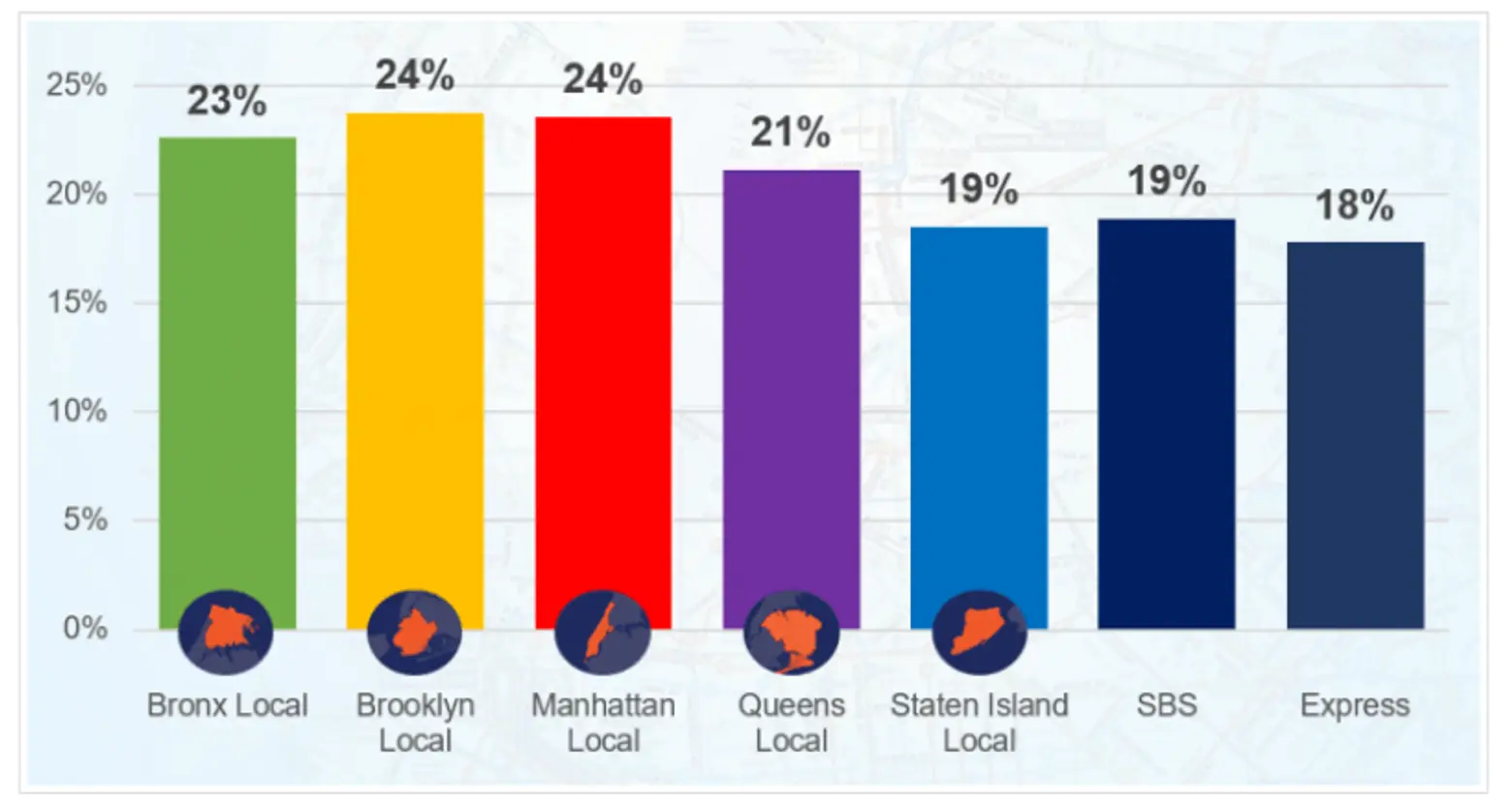
Percentage of off-schedule buses by borough, chart via the comptroller’s office
According to the report, the MTA often fails to follow its own standards and protocols, which leads to meandering bus routes, with stops spaced too far apart, making it difficult for seniors and those disabled to board the buses. Plus, the MTA is not replacing its own buses after six years, the recommended replacement age, with the average bus being 7.8 years old. Twenty-two percent are still operating after 12 years.
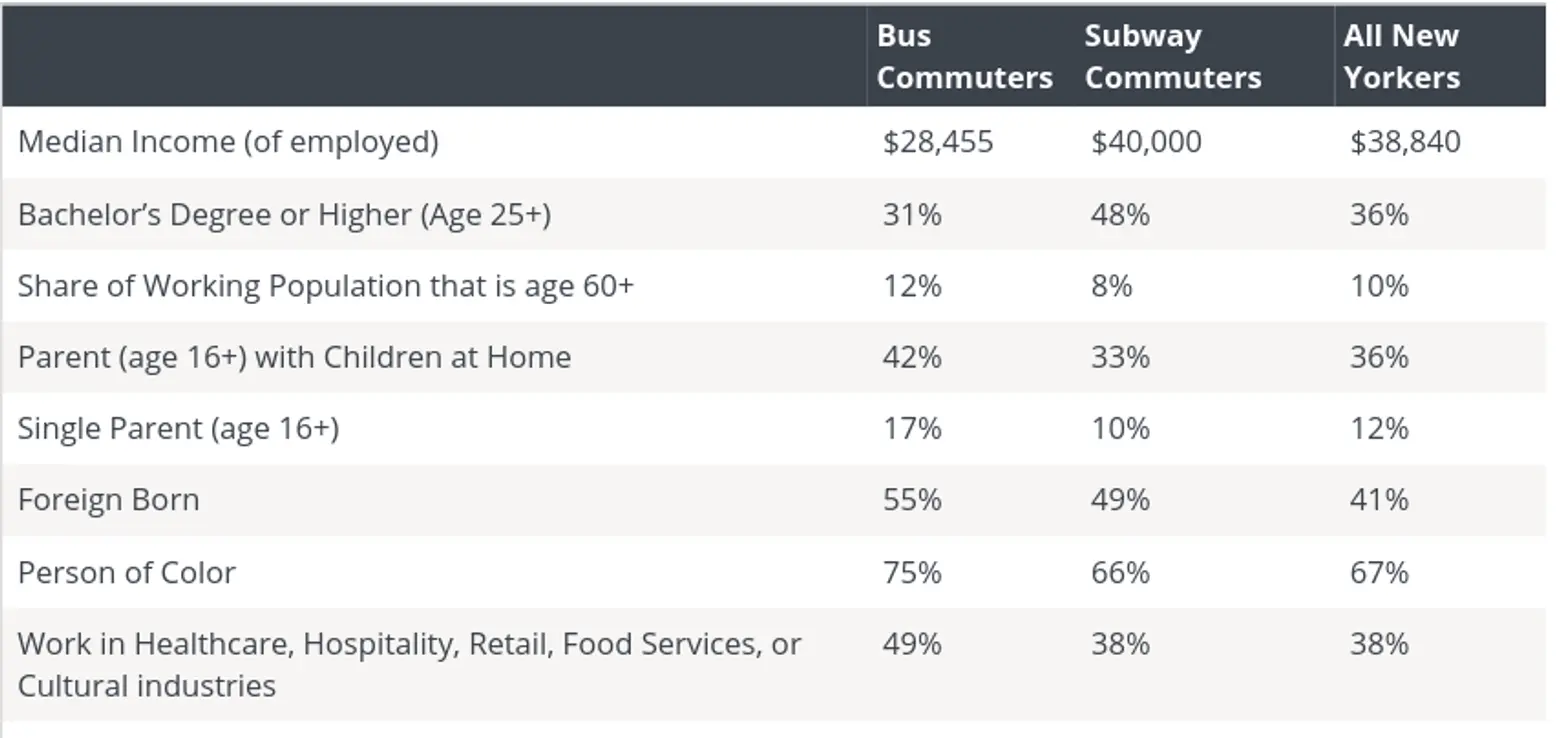
Stringer found that most bus riders are low-income, people of color or are immigrants. The average personal income of bus commuters is $28,555, much lower than the average personal income of subway commuters, which is $40,000. Plus, riders are more likely to be employed in industries with “non-traditional” work hours, like in healthcare, hospitality, retail, food services or cultural industries. As shifts in these fields end late at night, the availability of buses drops significantly.
The report recommends that the MTA conduct a comprehensive review of the bus network and create a realignment of its routes to better serve these new commuting patterns. Stringer also calls for all-door boarding and tap-and-go fare payment to reduce time spent at bus stops. The comptroller suggests the MTA adopt a more grid-like bus network and to divide meandering routes in half.
While Mayor Bill de Blasio last month introduced a plan to expand Select Bus Service, by upgrading more than 21 new routes over the next decade, progress has been slow. As the report found, SBS routes fail to maintain steady, evenly spaced service 19 percent of the time, with local buses failing 22 percent of the time. These buses travel at an average speed of 8.7 miles per hour, just slightly better than the pace of local buses.
Read the full report from Stringer’s office here.
RELATED:
